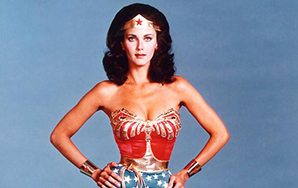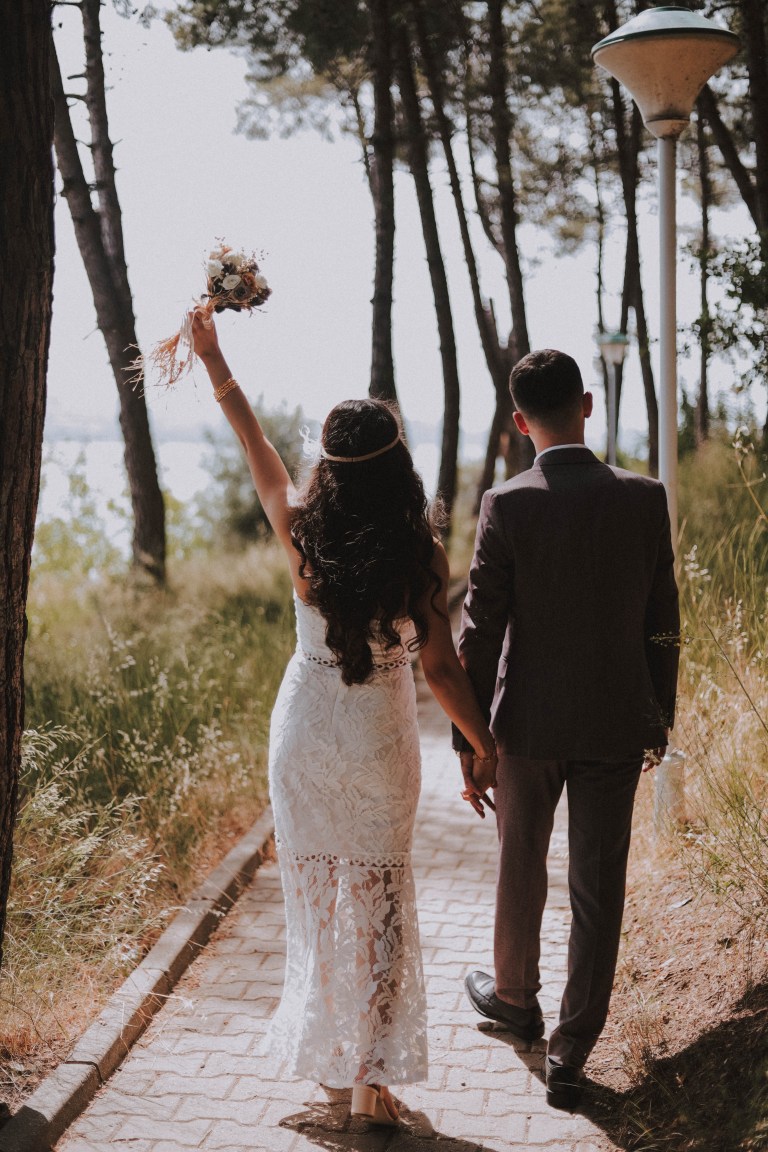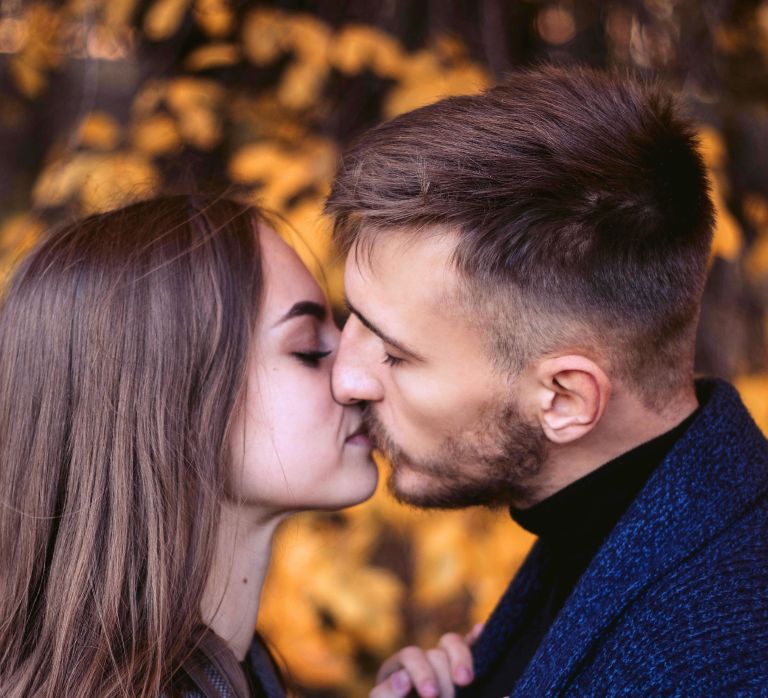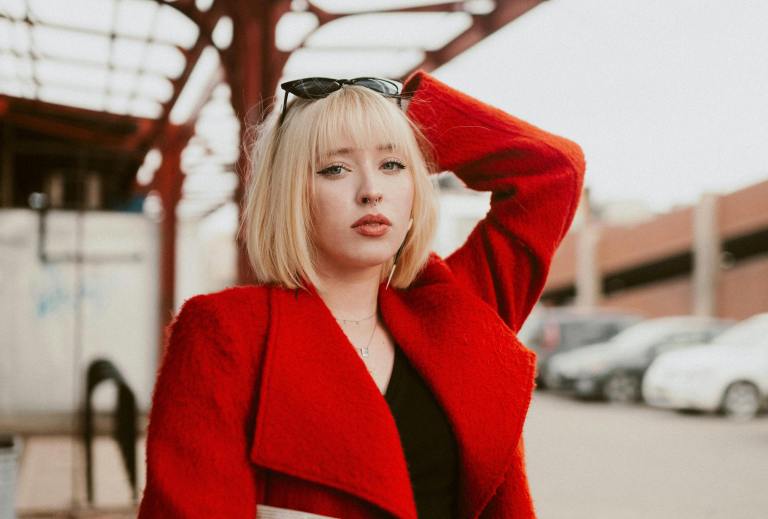
What Does A Strong Female Role Model Look Like?
Wonder Woman embodies the contradictions of any female hero in popular culture.
Two billion dollars. That’s how much the Top 5 superhero movies grossed in America in 2012. That’s more than Somalia’s annual GDP. According to some estimates, that’s how much money is spent yearly in the global black market firearms trade. It’s definitely enough paper to buy you half of an aircraft carrier, one with all the bells and whistles. And that wasn’t even the global box office for the movies. That’s just the domestic take. Hollywood may be dumb but the town’s not stupid. Every film studio knows, when they get it right, superhero franchises are money-printing machines. It’s almost that time of year again when superheroes bash their way back onto movie screens all around the world for their annual takeover of our summertime cinema. But for another year, a growing audience is left to wonder…
Why is there no Wonder Woman movie?
She’s everyone’s favorite female superhero. C’mon… do you wanna play the song?
[youtube http://www.youtube.com/watch?v=ZW-ReDPMrGM%5D
Wonder Woman started life at the very moment America entered World War II. Created by Harvard psychologist, William Moulton Marston, she first appeared on the scene in All Stars Comics #8, in December 1941. Immediately, she captured the popular imagination of readers as she battled villains across a global stage. The daughter of a goddess, owner of an invisible jet, Wonder Woman has been a badass in boots since day one. Over the many years since, only a handful of those early comic book heroes grew into lasting creations. Superman. Batman. …and Wonder Woman.
Independent filmmaker, Kristy Guevara-Flanagan, is the director of a new documentary that explores why Wonder Woman is such an enduring icon, and examines how her history mirrors women’s social progress and setbacks over the last 70 years. The film was inspired by a New York Times article about Gail Simone, the first female writer to pen the Wonder Woman comic books. Her initial curiosity motivated Guevara-Flanagan to learn more about the writer and then her fascination turned to the iconic superhero and along the way she noticed Wonder Woman’s history also told the story of lots of other interesting women. Framed by the superhero, Guevara-Flanagan created an entertaining feminist commentary in Wonder Women: The Untold Story of American Superheroines. It’s streaming online here.
Guevara-Flanagan sat for an interview with Thought Catalog to discuss her film and the curious career of Wonder Woman.
Asked about the appeal and challenges for a female superhero, Guevara-Flanagan explained:
“Wonder Woman embodies the contradictions of any female hero in popular culture. She’s empowered — and in Wonder Woman’s case — she’s at the center of her story. She’s not the sidekick or a spin-off, she’s not part of an ensemble — it’s just her. She’s the main hero. It’s all about her.”
Guevara-Flanagan was also drawn to the issues surrounding body image:
“To draw a large mainstream audience, i.e. young men, she has to look a certain way. She can be powerful but she also has to be wrapped in a certain kind of package. …I thought there’s tension and conflict in that dilemma. In one way, she’s the best example of a female hero that we have, yet in another way, she still carries those contradictions we seem to be stuck with.”
In order to avoid the cultural bear traps that ensnare women, Wonder Woman’s creator, William Moulton Marston, felt there was a psychological need in the world for a female superhero that would be a new role model for girls.
“In a 1943 issue of “The American Scholar,” Marston wrote (source: Wikipedia):
Not even girls want to be girls so long as our feminine archetype lacks force, strength, and power. Not wanting to be girls, they don’t want to be tender, submissive, peace-loving as good women are. Women’s strong qualities have become despised because of their weakness. The obvious remedy is to create a feminine character with all the strength of Superman plus all the allure of a good and beautiful woman.”
Looking past his sexist talk of a “good woman” as a relic of his time, it’s clear Wonder Woman was a symbol presaging the radically different future Marston imagined.
Speaking in the documentary, the author of Ink-stained Amazons and Cinematic Warriors: Superwomen In Modern Mythology, Jennifer K. Stuller, describes just how differently Marston saw the world from his contemporaries, “He believed Wonder Woman was psychological propaganda for the type of woman who would soon rule the world. And he predicted in 100 years we would be living in a matriarchy.”
Guevara-Flanagan offered further insight into Marston’s thinking:
”Instead of equality for both sexes, which is ultimately what feminism is looking for, he thought women should just be in charge — that women make better leaders. He thought women are naturally more gifted in those areas, and more diplomatic, since women wouldn’t resort to conquest and violence as often as men. His idea was, basically, just switch places and not really change the power dynamic to be more equitable. That was… refreshing, at that time.”
Which raises the question: If she was designed to be a strong female icon, why was there so much bondage imagery in the early Wonder Woman comic books? Did she need to be chained to symbolically break free of her bondage?
Offering her opinion, Guevara-Flanagan explained with a laugh:
”I think a lot of that early stuff is just weird. It definitely is kinky, you know. It’s in the way the characters are drawn and portrayed. Even what we think of as Superman had a certain homoerotic quality to it. I think it’s due to the repression of that time, the sexual repression kept things from being overt. So with Wonder Woman it came out in images of bondage.”
For many folks who’ve never turned a page of one of her comic books, there is only one image and one woman that is and will ever be, Wonder Woman… Lynda Carter.
The star of the ‘70s tv show appears in the documentary. Armed with the humor of hindsight, she talks of how television executives didn’t think audiences would watch a show about a woman superhero. Apparently, they hadn’t seen Wonder Woman’s red boots and star-spangled bustier. Luckily, for so many little girls, and horny teenage boys, the television executives were wrong. The show was a huge hit, spawning imitations like The Bionic Woman and Charlie’s Angels.
Guevara-Flanagan remembered the impact of watching Wonder Woman:
“I’m from the generation that grew up watching Lynda Carter in re-runs. Wonder Woman was the show that gave me permission- this was something I could play with on the playground, or at home, or in the backyard, I could pretend to be Wonder Woman. I could pretend to be something more than what I was. I could always defeat my enemies, you know.”
[vimeo 36060144 w=584 h=390]
Wonder Woman is an interesting magnifying lens to frame American women (in general terms) at a particular moment in time. From the Post-war period, through the repressed ‘50s, the culture-shaking ‘60s, and into her feminist heyday in the ‘70s, Wonder Woman mirrored American women.
In the film, Gloria Steinem tells the story of choosing Wonder Woman for the first cover of Ms. Magazine. Splashed across the famous cover were four words: Wonder Woman For President. Steinem explains how being cover girl for a new brand of feminism helped reimagine Wonder Woman as an icon for another generation of women.
On a more personal level, Katie Pineda, a little girl who appears in the film wearing her Wonder Woman superhero costume, explains how her favorite superhero helps her deal with bullying at school, how it helps her to “keep going… just keep going.”
Asked about the importance of a warrior like Wonder Woman for girls, Guevara-Flanagan recalled:
”I had a close friend and neighbor at the time, she just adored Wonder Woman. She dressed up as her all the time. She was Wonder Woman for Halloween for like… seven years in a row.”
After laughing, Guevara-Flanagan thought a moment and then isolated the spell of confidence Wonder Woman casts over the imagination of girls like Katie:
”I think girls need heroes that are physical just as much as boys do. We need to take down our villains, too. And there are not a lot of female heroes out there who do that. There’s something clear-cut about Wonder Woman’s physicality that you don’t have with princesses. Even when they’re the hero or the main character of their story, they’re still dressed as princesses- they’re royalty, so that they have to act a certain way. Princesses are limited.”
Rather unique for a superhero, Wonder Woman is a member of a strong community, in her case, an island of women. She’s not an orphan wandering alone on the Earth like Superman or Batman, or more recently, Wolverine.
Guevara-Flanagan noted the positive messages of community and relationships:
“Wonder Woman is interesting because she helps mentor other women and girls. Wonder Woman had relationships with other women over the course of her narrative. And she has a strong relationship with her mom, which I think is rare to see with any female character.”
For a superhero with such multi-generational appeal, a cross-cultural appeal, one who’s associated with positive feelings for girls and women, an icon that fosters a clear sense of identification and brand awareness, one must ask again…
Why is there no Wonder Woman movie?
Asked who should direct it if a studio ever made a Wonder Woman movie, Guevara-Flanagan said:
“Other than me? (laughs) Everyone always says Joss Whedon because he’s so good at having fun with superheroes and over-the-top action heroes, but I think we should consider others… and I think Kathryn Bigelow is too straightforward. The film could be good as a twisted Dark Knight version of Wonder Woman. Maybe have Lynne Ramsay direct.”
Reflecting on Hollywood’s strange business sense, Guevara-Flanagan added:
“I think it’s still difficult to imagine a powerful woman who’s not a sex object. Who’s not Lara Croft. It seems impossible to this day. We have to become more familiar with a wider-range of female heroes who are not necessarily sex objects. A woman’s power is mitigated by her sex appeal. You can’t really have a truly powerful character if she’s eye candy. I think a woman can be attractive and have a healthy sexuality, but as soon as she’s a decorative object, her power is compromised.”
Discussed prominently in the documentary, Buffy the Vampire Slayer is considered as a sort of update on the same themes as Wonder Woman. She’s a young modern heroine who raises similar questions because she’s a pretty, blonde cheerleader… who will kick your ass.
Guevara-Flanagan explained her take on the vampire slayer:
“What Buffy had going for her, even though physically she embodies nothing new, you know, it’s like, ‘…yeah, she’s a cute Waspy blonde girl in high school who’s a cheerleader.’ But because it was a series and it ran for so long, they were able to develop her character in a much more complex and nuanced way. Buffy was coming of age. She was coming into her power. That made it very meaningful, even though, like Wonder Woman, it was a very campy show. Joss Whedon has talked about how superheroes are a metaphor for adolescence and coming into your own and finding your independence. That makes Buffy really interesting and ultimately powerful, and she’s entertaining and fun. Of course, it’s a different kind of empowerment than the consciousness-raising that riot grrrls were doing. But you need both.”
Once upon a time, riot grrrls were a next wave of feminism. But their moment in the cultural sun was brief. Kathleen Hanna, from the band Bikini Kill, the woman who coined the phrase “girl power,” shows up in the documentary to share her first-hand account of what happens to feminism when it meets the pop culture machine.
Guevara-Flanagan said of the cautionary tale:
“One of the reasons I included riot grrrls in my film was because I really wanted the young women of this generation to think about what they want. They’re the ones who need to redefine feminism. Stand up for it and declare it. I’m hopeful that the conversation can be reignited and younger audiences come up with a newer version.”
When asked what future Guevara-Flanagan imagines for Wonder Woman in the same world with Katniss Everdeen and Lisbeth Salander, she stayed optimistic:
“It would be great to see her brought back to a next generation of kids. To see her fully reinterpreted would be cool. What can Wonder Woman bring to the table? What are women looking for and struggling for today?”
You can watch the entire film here.
For more info about Wonder Women: The Untold Story of American Superheroines, visit the official website. ![]()











